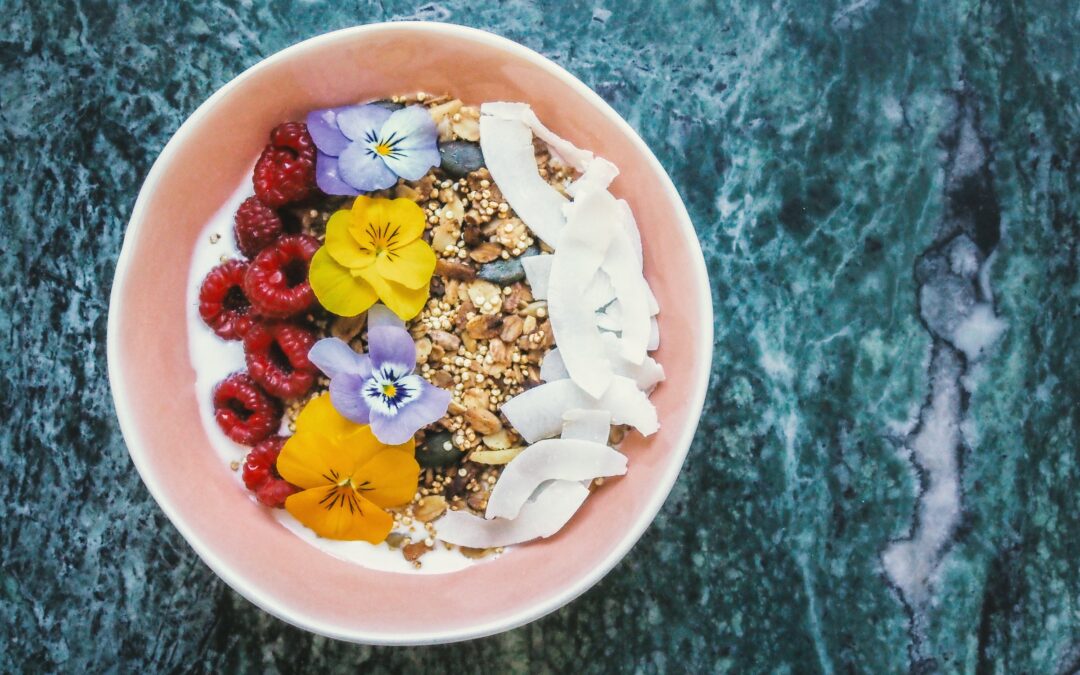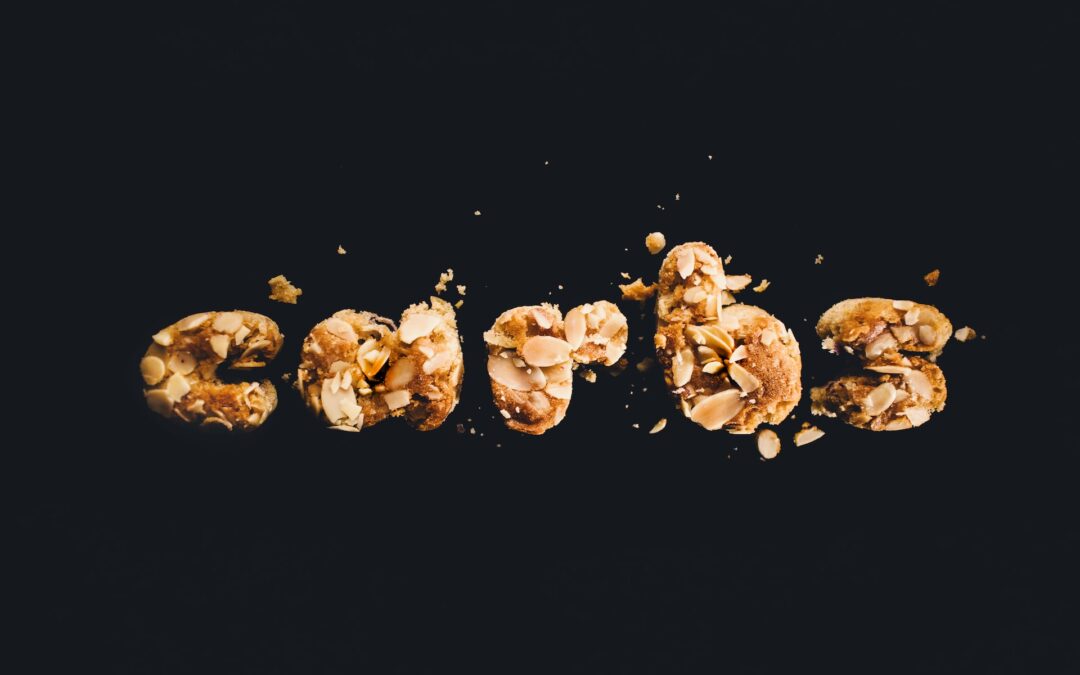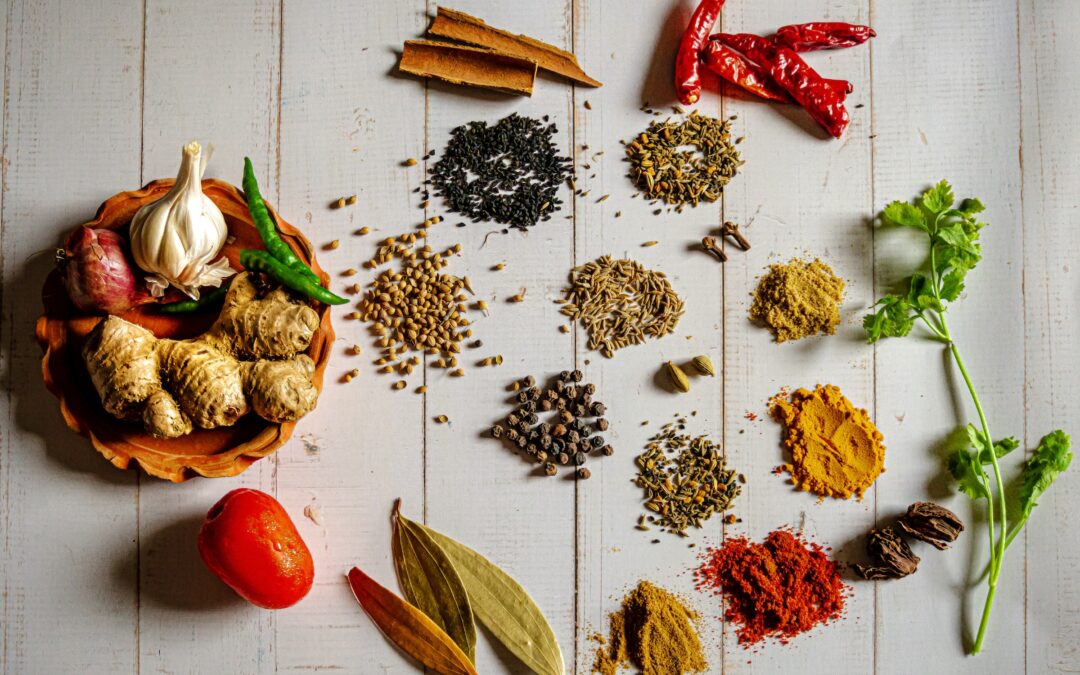
“Eating for Energy: Foods that Fuel Your Body and Boost Productivity”
In today’s fast-paced world, maintaining high energy levels and optimal productivity is essential. While many people turn to caffeine and energy drinks for a quick boost, these temporary solutions often lead to crashes and burnouts. A more sustainable approach lies in choosing the right foods that provide the necessary nutrients to fuel your body and enhance productivity. In this article, we will explore the top foods that can naturally increase your energy levels and help you stay focused throughout the day.
- Whole Grains:
Start your day with whole grains like oats, quinoa, and whole wheat bread. These foods are rich in complex carbohydrates, which release energy slowly, providing a steady supply of fuel. Whole grains also contain fiber, which aids digestion and keeps you feeling full for longer periods, preventing energy dips and cravings.
- Leafy Green Vegetables:
Leafy greens such as spinach, kale, and broccoli are packed with vitamins, minerals, and antioxidants that support overall health and energy production. They are excellent sources of iron, which helps transport oxygen to your cells, reducing fatigue and boosting energy levels. Add these greens to salads, smoothies, or stir-fries for a refreshing energy boost.
- Lean Proteins:
Including lean proteins in your meals, such as chicken, fish, tofu, or legumes, can help sustain energy levels throughout the day. Proteins are digested slowly, promoting a gradual release of energy and providing essential amino acids for muscle repair and maintenance. They also help stabilize blood sugar levels, preventing energy crashes.
- Nuts and Seeds:
Snacking on a handful of nuts and seeds like almonds, walnuts, and chia seeds can provide a quick and convenient energy boost. These nutrient-dense snacks are rich in healthy fats, protein, and fiber, offering sustained energy and promoting brain health. Incorporate them into your diet by sprinkling them on salads, adding them to smoothies, or enjoying them as a standalone snack.
- Berries:
Berries such as blueberries, strawberries, and raspberries are not only delicious but also a great source of antioxidants and vitamins. These fruits help fight inflammation and oxidative stress, which can drain your energy levels. Enjoy them on their own, add them to yogurt or smoothies, or sprinkle them on top of your morning cereal for a refreshing energy kick.
In conclusion, fueling your body with the right foods is crucial for maintaining high energy levels and boosting productivity. Instead of relying on temporary solutions like caffeine and energy drinks, focus on incorporating nutrient-rich foods into your diet. Whole grains, leafy green vegetables, lean proteins, nuts and seeds, and berries are all excellent choices that provide sustained energy and support overall well-being.
If you’re looking for more guidance on maintaining a healthy diet and lifestyle, explore our website, BoostHub. At BoostHub, we provide comprehensive diet guides and resources to help you make informed choices about your nutrition and overall wellness. Bon appetit!




